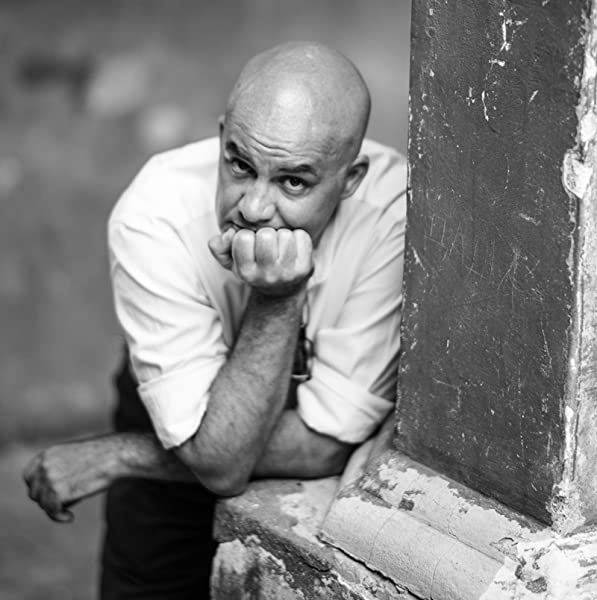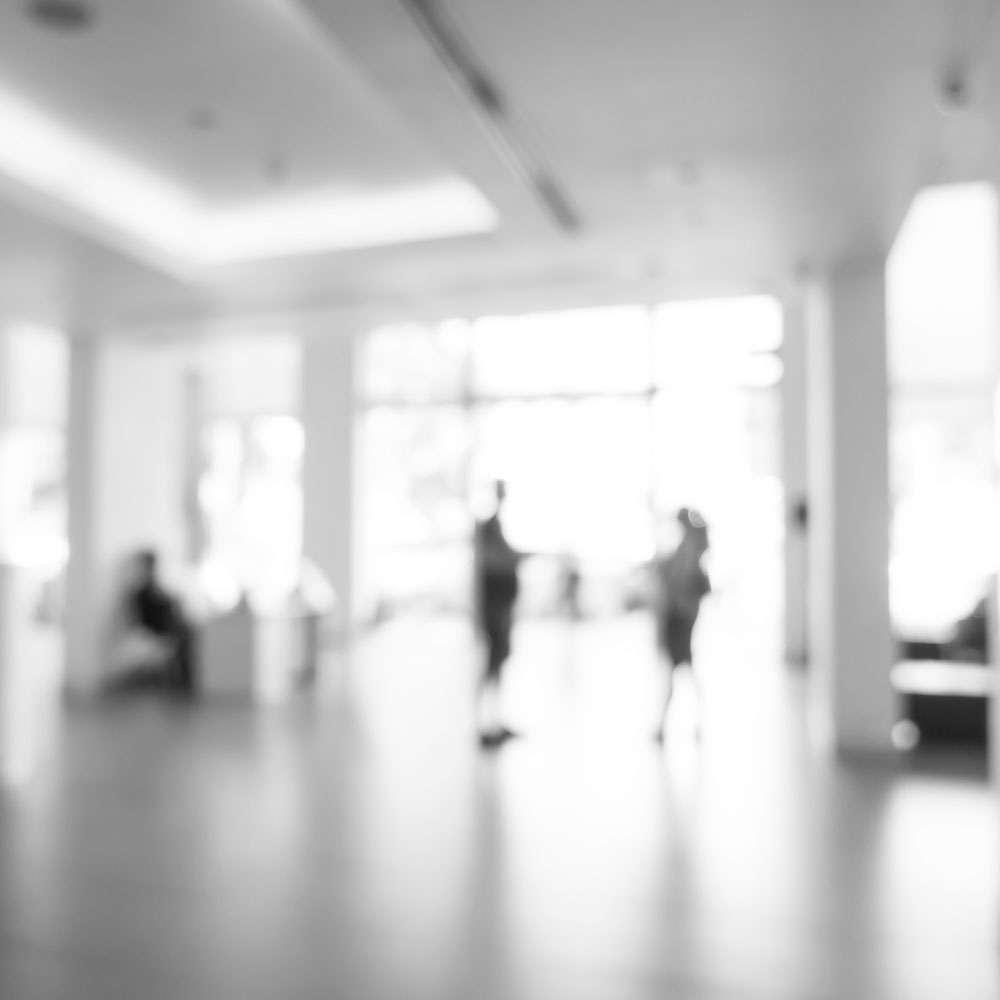
office
c-b a is an internationally acclaimed architectural design office that has been active for twenty years in the European context, where it has developed dozens of projects of various types for private companies and public administrations. c-b a is able to manage in a complete and autonomous way all the phases of an order: architectural, structural, environmental design, master planning, development of urban plans, works management, accounting, economic evaluation of intervention, market analysis and real estate evaluations until the final delivery to the customer
c-b a produces inventive designs so functionally specific that they offer distinct aesthetic bare experiences, namely experiences that are not engulfed by the prevailing rhetoric of the day, be them a religious green wash or deviated notions of sustainability.
Unprejudiced by conventions, preconceived aesthetic strategies or outcomes, each time it starts a project the c-b a team returns to root problems and doggedly explores them with a critical naiveté free of prejudice. Through this process, we often propose solutions that transcend initial expectations and aspire to create radically functional designs whose specificity produces profoundly unique aesthetic experiences that relate to European and Italian glorious tradition.

paolo conrad-bercah
paolo conrad-bercah is the founding director of c-b a, he has produced and developed a variety of projects in Europe for both private and public sectors bringing x years of experience. He is equipped with an international background gathered in Milan (Aldo Rossi and Ignazio Gardella), New York (I. M. Pei) and Berlin.
He is a graduate cum laude of the Politecnico di Torino and the Harvard GSD where he has served as instructor, fellow and visiting critic. The professional activity is shaped by the complementary writing and drawing activities. He has published texts of aesthetic investigation – Berlin Transfert (2021) and Berlin Fragments (2019) – of urban investigation – Berlin Stimmung (2022) – and texts like bercahaus (2020) which documents the building process of a multi-storey timber residential building project in Berlin. The latter stands as a manifesto of his original way of being an architect in the digital age, a way in which the aesthetic and the technical are seen as two sides of the same coin.
The professional path carried out in the different cities where he has lived – Boston, New York, Rome, Milan, Berlin – is reflected in the main body of his drawings that are to be understood as a tool of research and design reflection stimulated both by the professional investigations and by field trips

principles
We side with neither form nor function because we aim at finding an equilibrium between the two.
We design collaborations with our clients rather than dictate solutions.
We don’t rush to conclusions but we look for the adequate time for appropriate solutions for each specific client’s requirement.
We embrace responsibility in order to implement vision: implementation demands more creativity than conceptualization.
We challenge and advance typologies because we feel the time to do so has come.
We view constraints as opportunities because each project is a response to unique conditions.
We reach for the unexpected by exposing root problems and looking afresh.
We often discover uncharted territory; sometimes we rediscover forgotten territory that has renewed usefulness
We stand by Occam’s razor: sometimes explanations that posit fewer entities, or fewer kinds of entities, are to be preferred to explanations that posit more.
